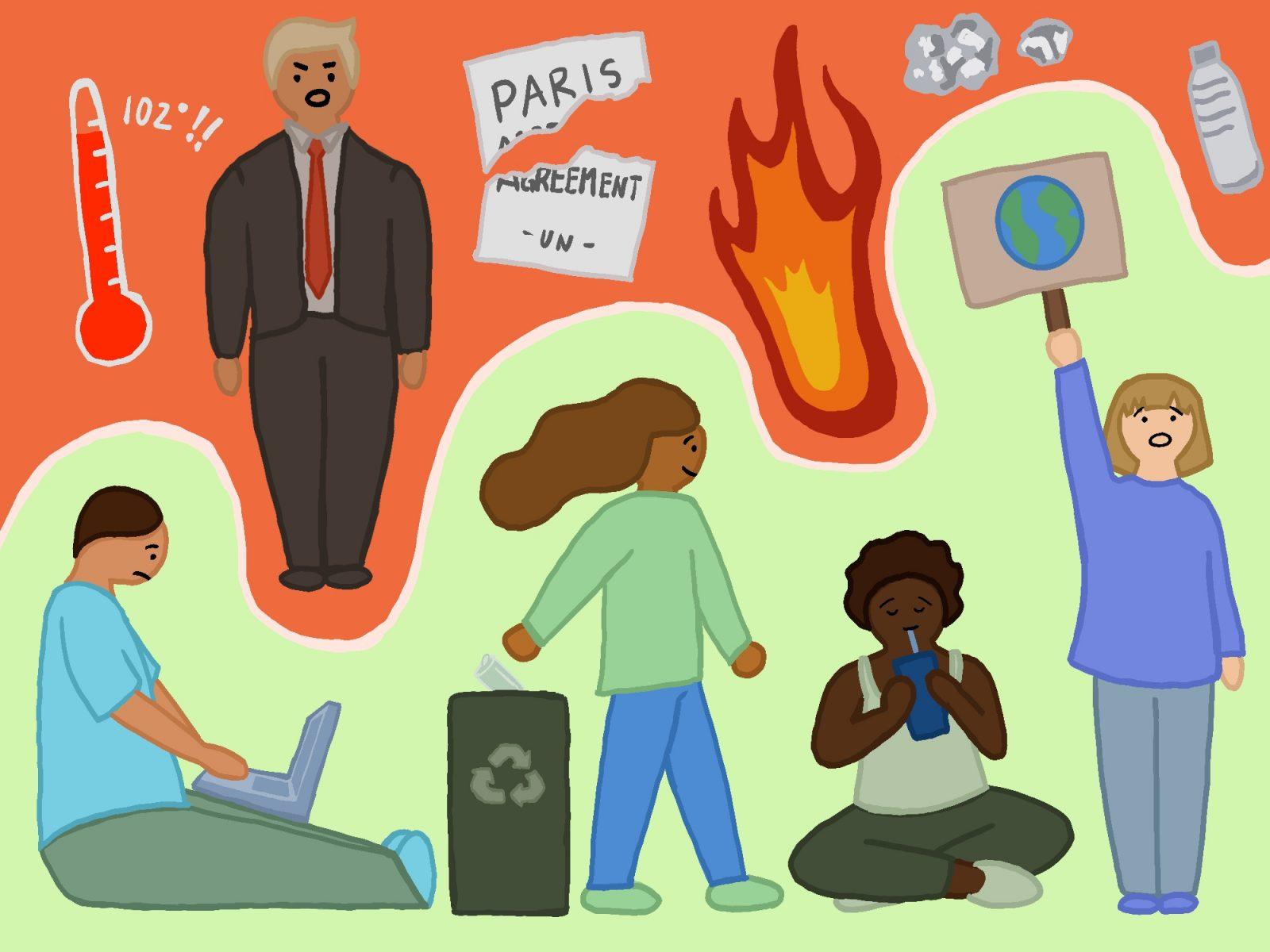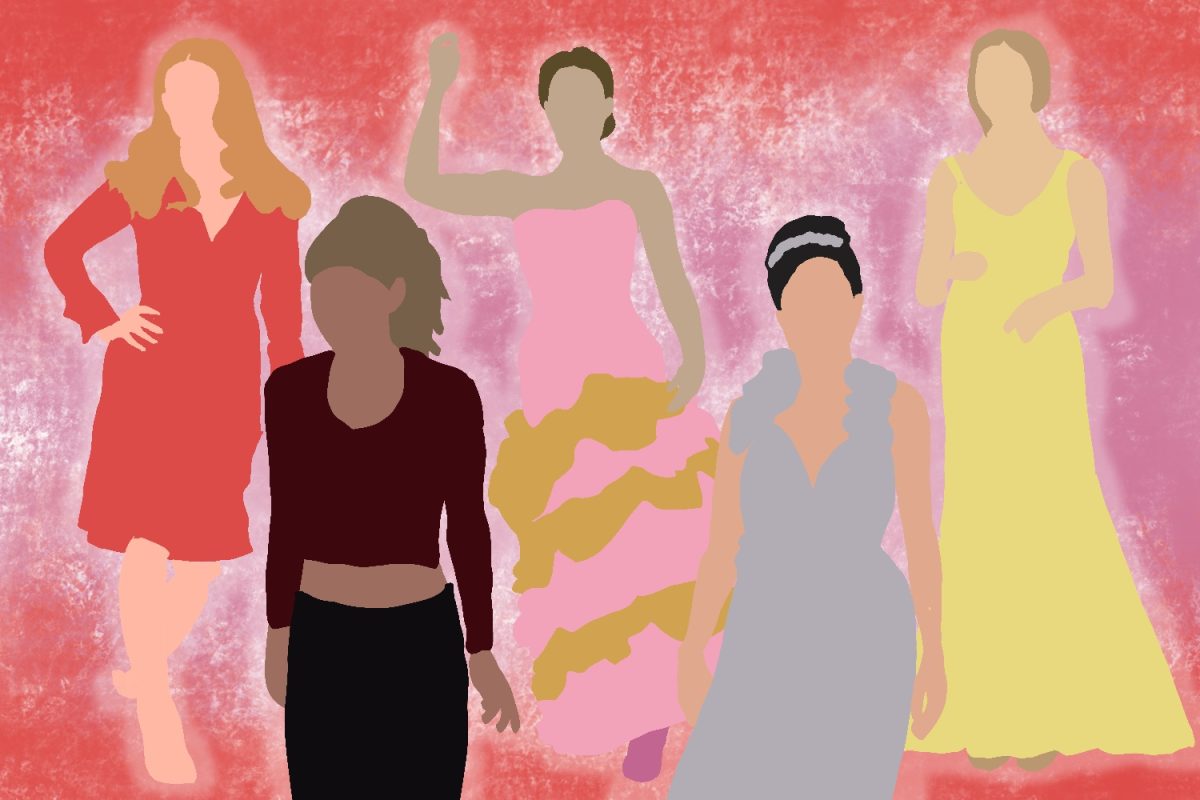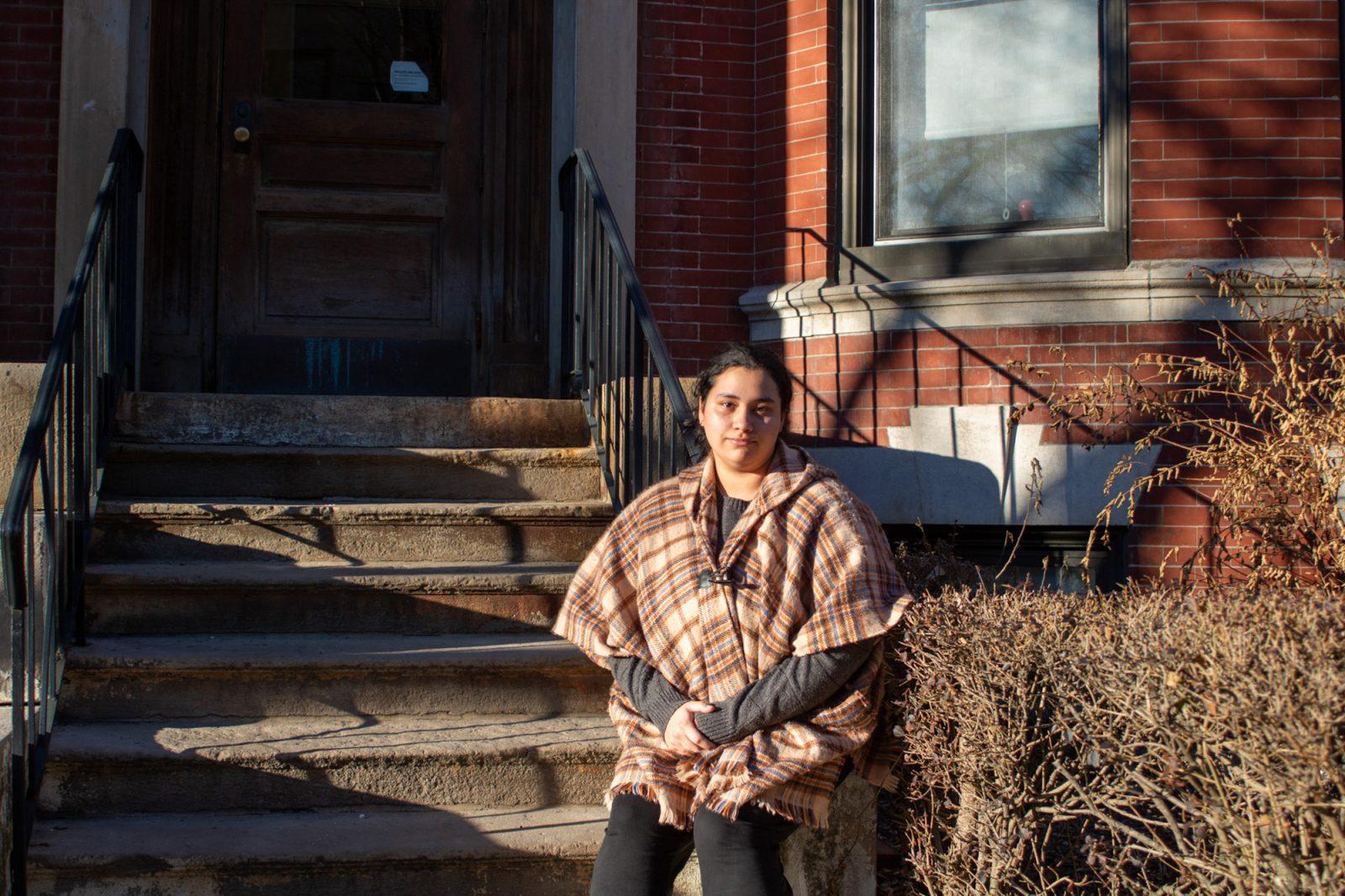Bibi Aisha, an Afghan girl, lacks ears and a nose because they were cut off at 17-years-old when she could not escape her arranged marriage to a Taliban member old enough to be her father.
In the world of child brides, this type of punishment is just another part of life, speakers said at a forum Thursday evening at the Boston Public Library. Journalist Cynthia Gorney and photographer Stephanie Sinclair presented their National Geographic investigation of the underground world of prearranged child marriage to about 100 people.
The forum was a collaboration of the Pulitzer Center on Crisis Reporting, the Boston University School of Public Health, BU’s College of Communication and the BU Center for Global Health and Development.
“Journalism intersects with those public health responders,” said COM Dean Tom Fiedler, who attended the forum. “We bring together groups that often converge when these things occur.”
Gorney said serving as a voice for the child brides has motivated her to continue working on covering the subject.
Underage marriage is illegal in many countries where it is common, so the ceremonies must be performed secretly, according to Gorney’s article in National Geographic. It happens in the small communities and villages where children are allowed to be married away when they are as young as five years old.
If the trend continues, there will be 100 million more child brides over the next decade, Sinclair said.
When girls enter into arranged unions the motives are varied, but the physical and mental consequences are apparent, Sinclair said. These marriages are often arranged between families in hopes of a better life for the family of the little girl.
The process curtails education, and only perpetuates the cycle of poverty, Sinclair said. “Girls are seen as family burdens, and so [the husband] raises the girl as his wife.”
Sinclair said underage marriages are sometimes arranged to guarantee that a girl will not lose her virginity before marriage, and other families give their daughters away because they cannot feed their other children.
Some of the girls’ families said they see marriage as a logical decision, but others said they wish that there were other options, Sinclair said. These girls must take on traditional roles within the household, including child rearing. They experience more than most other girls do at their age.
“They spoke with the lack of emotion of someone much older,” Sinclair said.
Gorney said that witnessing marriage ceremonies was compelling enough to make her want to snatch up the girls and run. She said she wanted to make the marriages stop, but that cannot happen.
She added that she has learned that these marriages have little to do with religion, and that some other countries see the Western notion of marriage as silly.
“The girl has rejected her culture if she goes to school,” Gorney said.
Some girls subjected to child marriage are defiant, Gorney said. One girl in India escaped by telling her parents, “If you do this to me, I’m going to break your head with a rock.” Another girl in Yemen divorced at 10. More and more girls are able to avoid becoming another child bride.
Sinclair said there was no blanket solution to stop the problem of child brides.
“Child marriages need to be changed from within their own communities,” Sinclair said.




















































































































